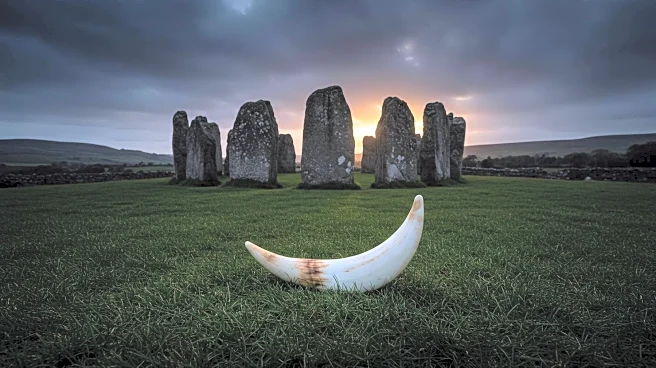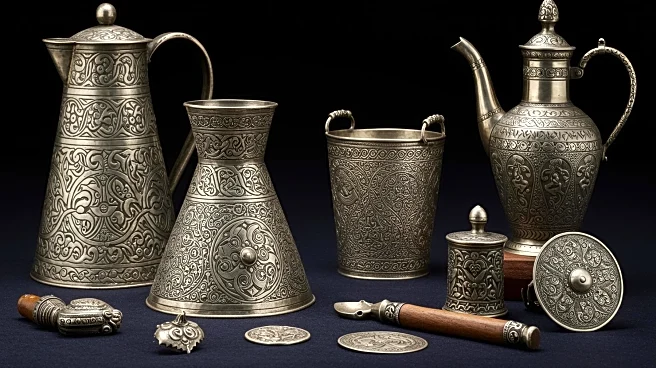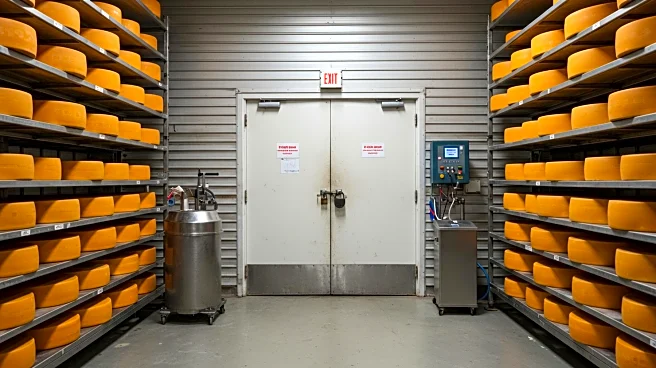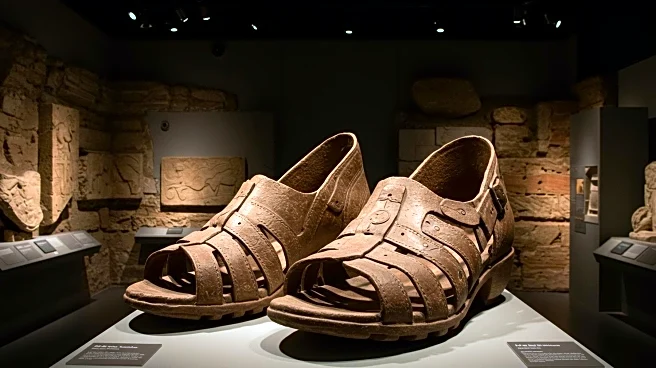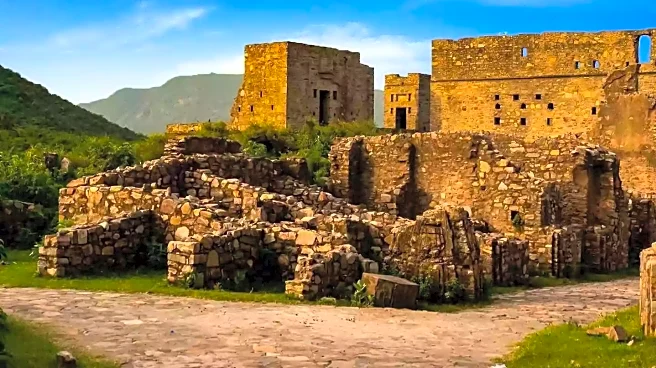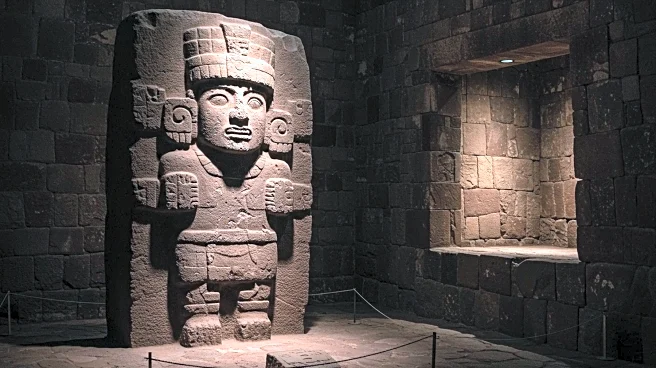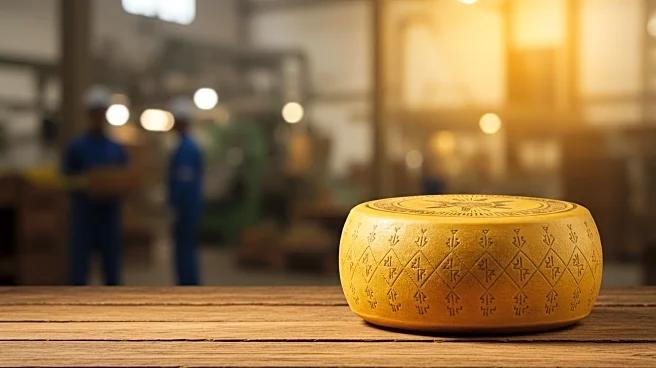Rapid Read • 6 min read
A cow's tooth found near Stonehenge has provided new insights into the construction of the ancient stone circle. Researchers from the British Geological Society, Cardiff University, and University College London analyzed the tooth, suggesting the cow may have originated from Wales. This supports the theory that cattle could have been used to transport the massive stones to the Stonehenge site. The tooth's isotopic analysis revealed seasonal dietary changes and geological origins, indicating the cow's movements or imported fodder.
AD
This discovery adds a new dimension to the understanding of Stonehenge's construction, potentially involving cattle in the transportation of stones. It highlights the interconnectedness of regions in ancient Britain and the logistical capabilities of prehistoric societies. The research provides a more detailed narrative of Stonehenge's history, contributing to archaeological knowledge and public interest in one of the world's most famous monuments.
The use of cattle in transporting stones suggests a sophisticated understanding of animal labor and logistics in ancient societies. This finding may prompt further research into the role of animals in prehistoric construction projects, offering insights into the cultural and economic practices of the time. The study also exemplifies the value of detailed biographical approaches in archaeology, moving beyond grand narratives to uncover specific historical facets.
AD
More Stories You Might Enjoy
